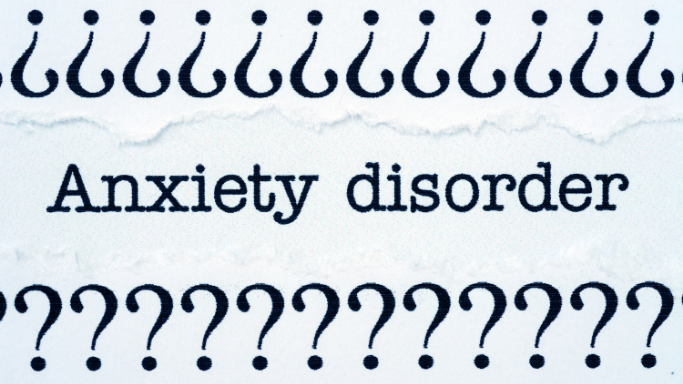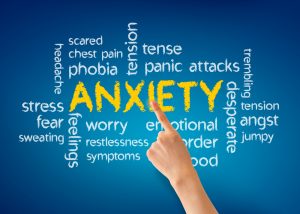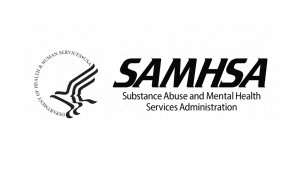What is Anxiety Disorder?

The Three Types of Anxiety Disorder
It is normal to feel anxious from time to time – everyone does. Looming deadlines, tax season or first dates can all cause a little anxiety. But there is a significant difference between occasional stress and tension and the mental health problem we call Anxiety Disorder. There are three different kinds of anxiety disorder, which are described below.
Generalized Anxiety Disorder 
People with this disorder show excessive amounts of anxiety for long periods of time, even when there is nothing specific to cause the anxiety. Almost 7 million adults in the U.S. cope with Generalized Anxiety Disorder, which can also affect children. Symptoms can include:
- finding it difficult to control worry
- expecting the worst even when there is no reason for concern
- constant worrying that is out of proportion with the issue
- Unable to relax, feeling on edge
- difficulty concentrating
- indecisiveness
General Anxiety Disorder also can cause physical symptoms such as headaches, fatigue, muscle aches, trouble sleeping and digestive problems.
Panic Disorder
Panic Disorder causes panic attacks that are marked by sudden, intense periods of fear or anxiety. In addition, physical effects may include a racing heart, sweating, trouble breathing or feeling a sense of doom. A panic attack can happen any time a person feels overwhelmed or afraid even if he is not in any danger. About 10% of Americans experience a panic attack each year, but only 3% of adults have panic disorder.
While panic attacks are not dangerous, it can be frightening because individuals feel out of control. People with panic disorder may also have complications such as phobias, depression and substance abuse.
Social Anxiety Disorder
Social Anxiety Disorder is more than just being shy or self-conscious. People with Social Anxiety Disorder, also called Social Phobia, have an extreme fear of being judged, rejected or embarrassed in everyday social situations. Other symptoms may include:
- fear of offending someone, being judged, or humiliating oneself
- having difficulty talking to other people
- avoiding situations where you are the center of attention
- feeling anxious about being around others
- worrying for days or weeks in advance of an event where there will be other people
- avoiding places where people gather
- difficulty making and keeping friends
- feeling nauseous, trembling or sweating when in social situations
- Social Anxiety Disorder can cause such disruption that an individual may withdraw from social or romantic relationships. Some 15 million American adults have Social Anxiety Disorder, which typically begins in adolescence or childhood.
Treatment For Anxiety Disorders
Treatment for all three of these disorders will usually include psychotherapy, medication, or a combination. Cognitive Behavioral Therapy (CBT) is commonly used for treating anxiety disorders. CBT can help individuals learn new ways of thinking and behaving in situations that provoke anxiety. Other treatment may include support groups, stress management, antidepressants or anti-anxiety medications and beta blockers.
If you or a loved one are experiencing Anxiety Disorder, help is available at Starting Point Behavioral Healthcare. Call 904.225.8280 or drop in whenever you are ready.
Posted In:
Like this post? Don't forget to share it!
MORE RECENT POSTS




